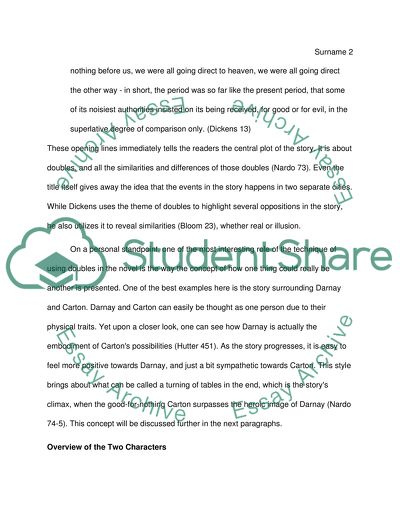Cite this document
(“The Illusion of Similarity between Darnay and Carton in A Tale of Two Research Paper”, n.d.)
Retrieved from https://studentshare.org/english/1441971-the-illusion-of-similarity-between-carton-and
Retrieved from https://studentshare.org/english/1441971-the-illusion-of-similarity-between-carton-and
(The Illusion of Similarity Between Darnay and Carton in A Tale of Two Research Paper)
https://studentshare.org/english/1441971-the-illusion-of-similarity-between-carton-and.
https://studentshare.org/english/1441971-the-illusion-of-similarity-between-carton-and.
“The Illusion of Similarity Between Darnay and Carton in A Tale of Two Research Paper”, n.d. https://studentshare.org/english/1441971-the-illusion-of-similarity-between-carton-and.


